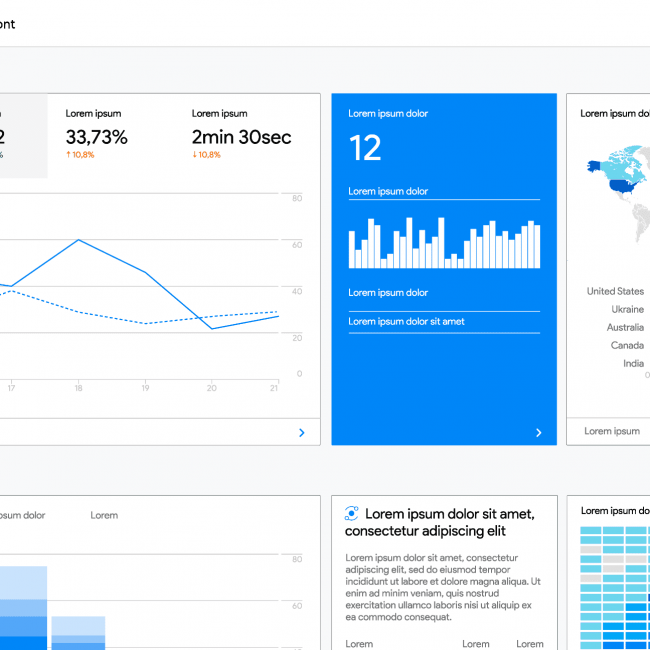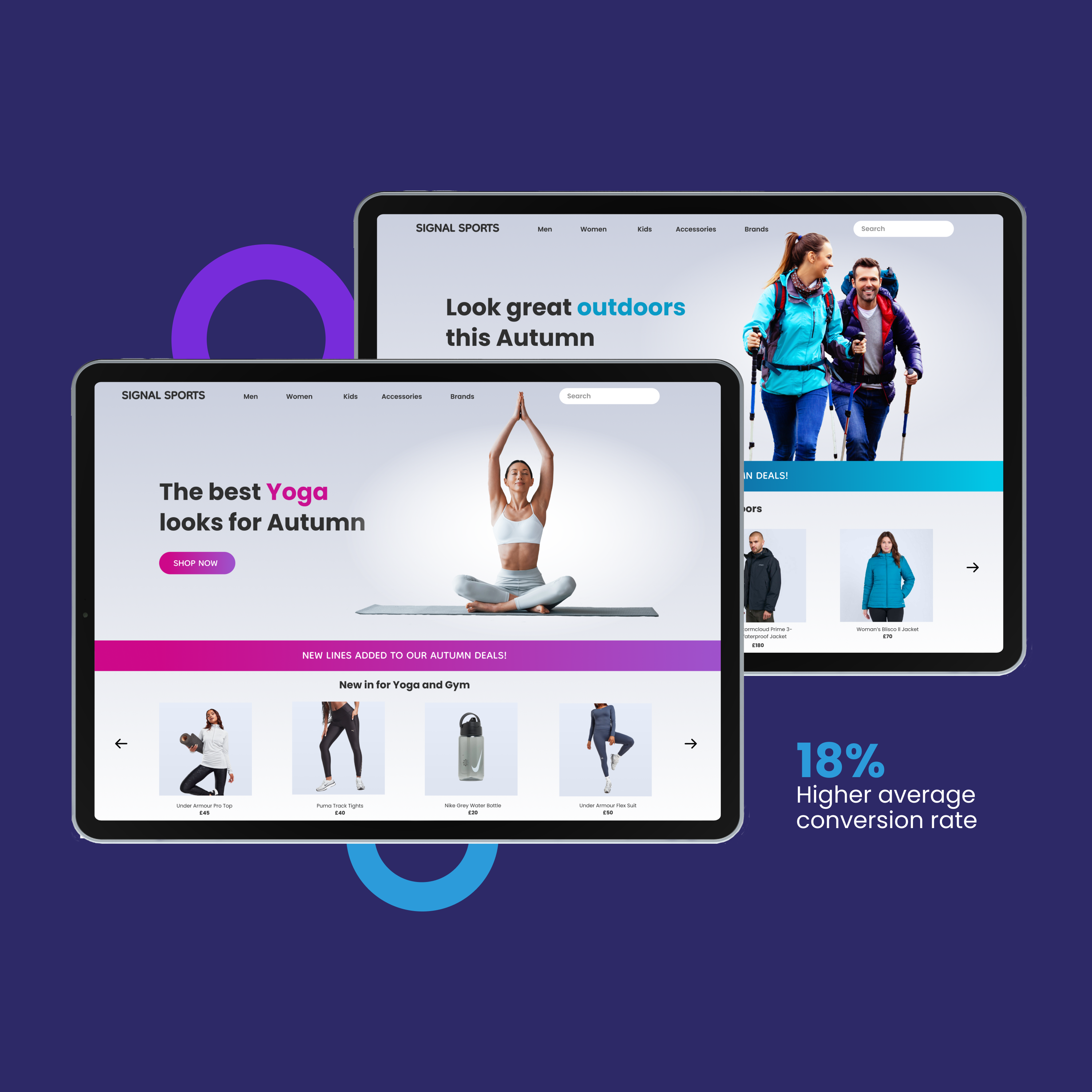Clearfront
Contact
- +44(0) 20 8798 3696
- hello@clearfront.co
- Pepper House, 1 Pepper Road, Hazel Grove, Stockport. SK7 5DP.
We all hear stories from our clients that they had websites created by Web Agencies to their exact specification. Then nothing beyond that.
Think about when you last visited a website with a goal in mind. It could be finding out something specific about a product or service or making a purchase. How did you feel during the process? Relaxed and confident or confused and frustrated?
Did you navigate around the site easily and reach your goal quickly and efficiently, or was it slow and difficult to navigate? I’m sure you can decide which means you would like your website visitors to feel and getting the user experience right is key in creating a website that they will feel comfortable using to achieve the outcome they desire.
In our opinion, a great UX (user experience) is an essential element of successful b2b website. It means your visitors will find what they are looking for with speed and ease, which in turn will boost conversions.
But if you had also had more visitors to your site, think about how many more potential customers you could have? This is where SEO comes into play and combining both UX and SEO is key to increasing site traffic and converting these visits into sales.
Search engines like google strive to provide users with the most relevant results to their search enquiries. Relevant answers mean a lot, but when there are so many sites that have the same information, they will need to find another way to rank the results, and they now use UX to do this.
John Mueller Webmaster Trends Analyst at Google said in a recent webmaster hangout that “if you make a decent website that works well for users then indirectly, you can certainly see an effect in the ranking. But it’s not that we would say look at these UX Playbooks and specifically use those as factors for ranking.”
Search engines develop algorithms which examine several website features to understand how a visitor experiences a website:
Mobile-Friendly – More and more people use mobile devices such as tablets and mobile phones to browse the internet and make purchases.
Therefore websites must have either a dedicated mobile site or a mobile responsive website design that works on multiple platforms.
These four elements are vital parts of effective SEO but also essential factors in creating a really positive user experience ensuring that your website is safe, secure, speedy and easy to navigate however they look at it. UX and SEO go hand in hand to achieve this.
An easy way to start is to create a site that is easy to navigate with relevant, concise content and that works seamlessly across all platforms. To improve on this, you can identify goals for your website and then take these goals and direct them to specific parts of your website where they are most relevant. Prioritising and arranging pages on your website will create the best user journey.
Looking deeper may produce more questions. Like for example about things like the best place to put a specific image or button or which call to action creates the most conversions, User testing or analysing visitor data is another great way to approach UX and help you to better understand your users.
Combining all of the elements mentioned above will work together to create a great user experience and compelling journey throughout your site. The visitor gets what they want, and ultimately you get what you want. Everyone is happy!


